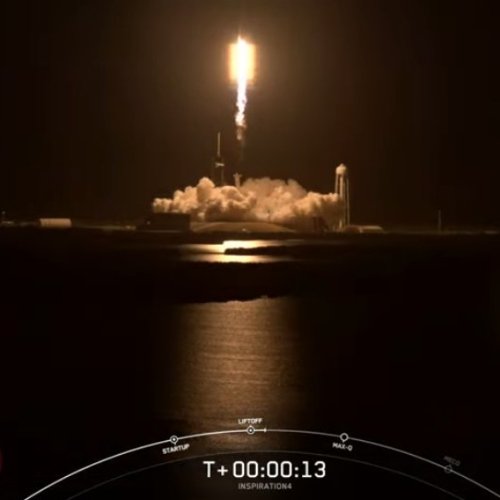Fired flight director accuses Virgin Galactic of lying about problems on July suborbital flight
A former Virgin Galactic flight director, who was relieved of his duties just before the company’s July suborbital flight that carried Richard Branson and then fired shortly thereafter, has accused Virgin Galactic of misleading the public in its statements about the problems that occurred during that flight.
Virgin Galactic has claimed that the high winds forced the spacecraft away from its planned flight path.
Mark Stucky, who Virgin Galactic fired eight days after Branson’s flight, said his former employer put out an inaccurate statement about why VSS Unity flew unauthorized into Class A airspace for 1 minute 41 seconds during its descent. Class A airspace is primarily used by airlines, cargo operators and higher performance aircraft.
“The most misleading statement today was @virgingalactic’s,” Stucky tweeted. “The facts are the pilots failed to trim to achieve the proper pitch rate, the winds were well within limits, they did nothing of substance to address the trajectory error, & entered Class A airspace without authorization.”
There is no way to know if Stucky’s accusation is correct. We might be seeing a bit of personal anger on his part considering his firing. At the same time, the FAA’s statement about this issue made no mention of winds, which suggests the Virgin Galactic statement might not be true.
Regardless, Virgin Galactic’s track record in matters of safety has not been stellar. The company needs to quickly resolve these issues or they will become a lingering sore that will damage sales for future suborbital flights.
A former Virgin Galactic flight director, who was relieved of his duties just before the company’s July suborbital flight that carried Richard Branson and then fired shortly thereafter, has accused Virgin Galactic of misleading the public in its statements about the problems that occurred during that flight.
Virgin Galactic has claimed that the high winds forced the spacecraft away from its planned flight path.
Mark Stucky, who Virgin Galactic fired eight days after Branson’s flight, said his former employer put out an inaccurate statement about why VSS Unity flew unauthorized into Class A airspace for 1 minute 41 seconds during its descent. Class A airspace is primarily used by airlines, cargo operators and higher performance aircraft.
“The most misleading statement today was @virgingalactic’s,” Stucky tweeted. “The facts are the pilots failed to trim to achieve the proper pitch rate, the winds were well within limits, they did nothing of substance to address the trajectory error, & entered Class A airspace without authorization.”
There is no way to know if Stucky’s accusation is correct. We might be seeing a bit of personal anger on his part considering his firing. At the same time, the FAA’s statement about this issue made no mention of winds, which suggests the Virgin Galactic statement might not be true.
Regardless, Virgin Galactic’s track record in matters of safety has not been stellar. The company needs to quickly resolve these issues or they will become a lingering sore that will damage sales for future suborbital flights.








